January 26th, 2017:
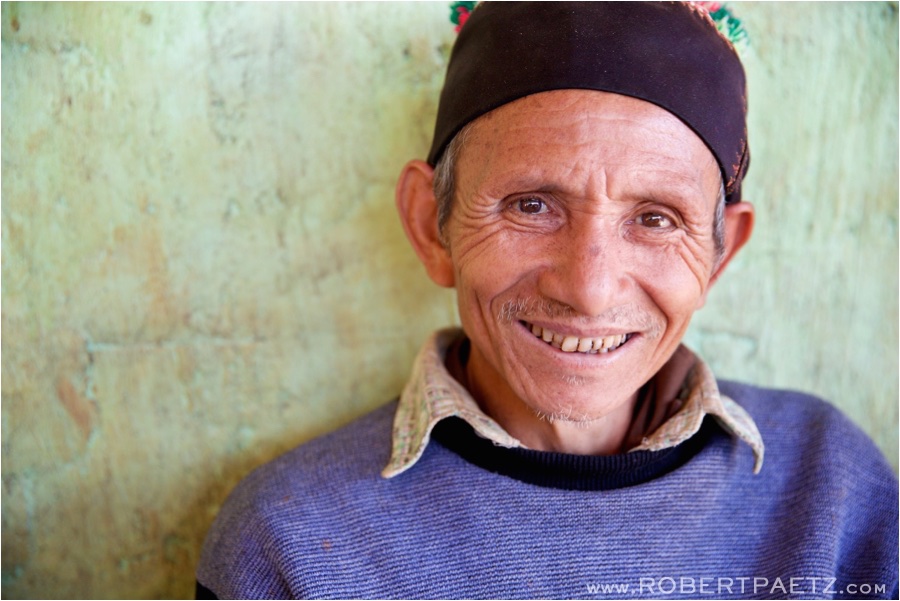
Resident Kyar Taut of Bom Mom Village.
As I continued my way north from Mandalay, I took a quick stop in Pyin Oo Lwin before heading up to the trading town of Lashio, which is the main entrance point for goods that come into Myanmar from China. I came into Lashio in the middle of a Friday afternoon and within a couple of hours my contacts from Meikswe Myanmar and I were meeting in my guesthouse lobby. They laid out the two day plan for us to cover and document as many of their projects as possible. Reasonably it looked like we would visit 3 different village (in 3 different directions) where they and Partners Asia, run a variety of development projects, then we would also spend an afternoon at a home they manage for children living with HIV.
The next morning our first stop was Bom Mom Village, which is populated by the La Hu Ethnic Group and is about 14 miles north of Lashio, Myanmar.
Meikswe Myanmar runs a variety of programs here, but we first visited the Early Childhood Care and Development (ECCD) school. The ECCD focuses on early childhood development, has two teachers, 30 children and runs Mon-Fri 8am-3pm. The teachers, Na Law Bo and Na Shae, will be provided with one month of training and development by the Meikswe Myanmar each year. Later, while talking to many adults in the village, they repeatedly specified that education for the children was the absolute most important thing in their lives, they touted Singapore and it’s focus on education as an example of what they want Myanmar to be.
Meikswe Myanmar also offers Bom Mom village community management and development training courses. As well as basic health and family planning services and Parent education.
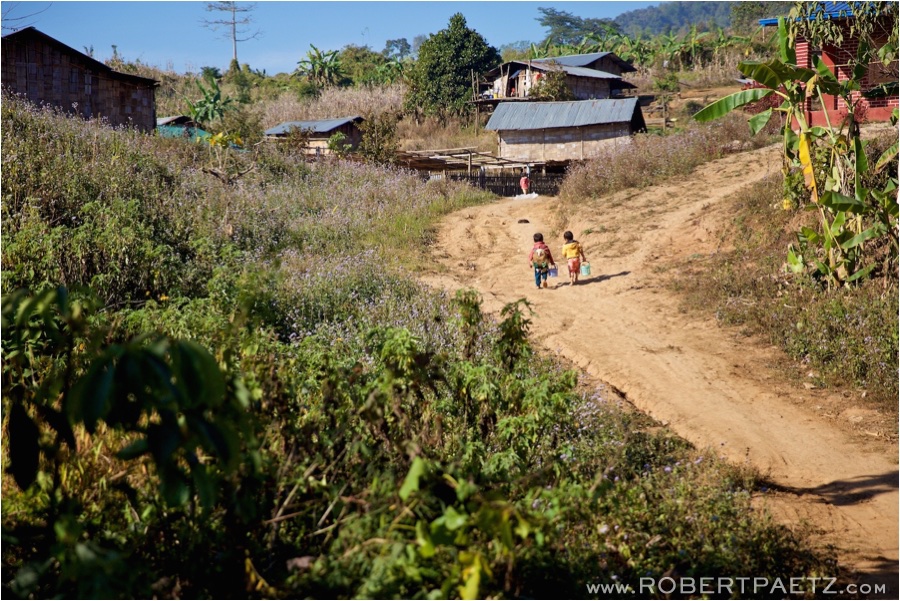
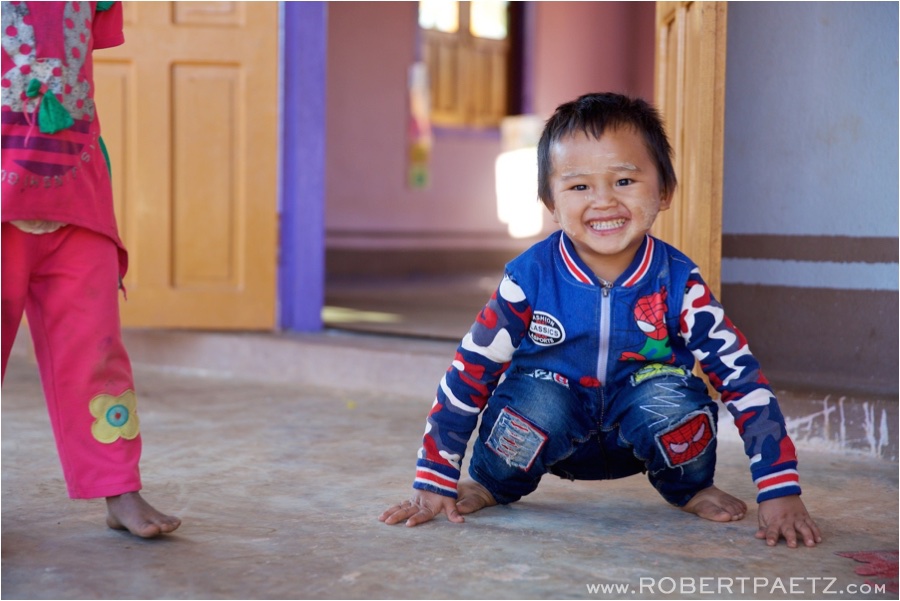
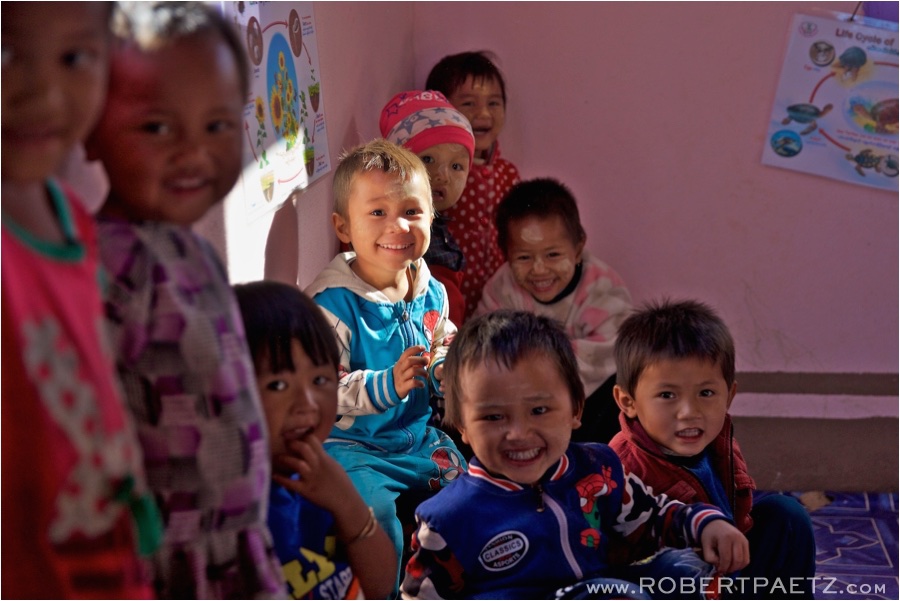
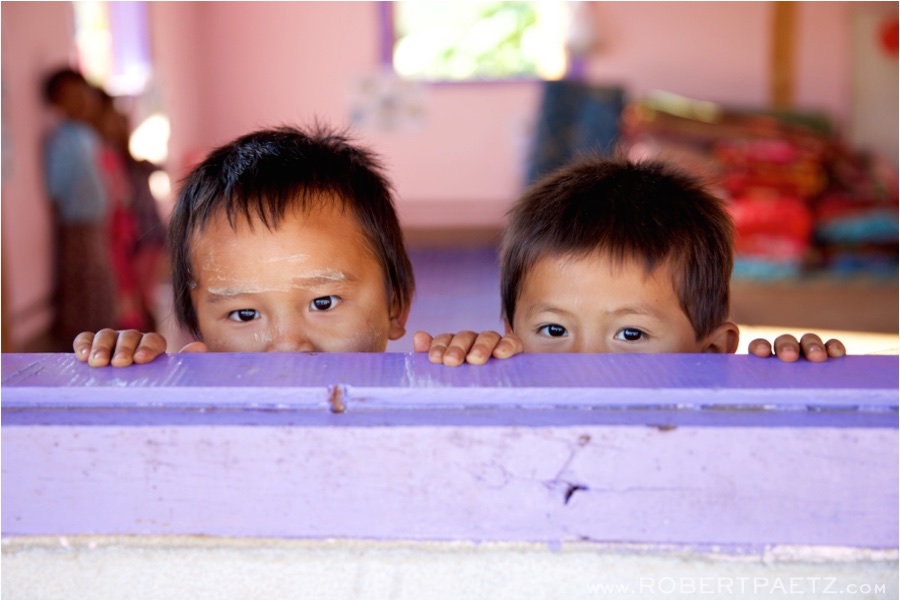
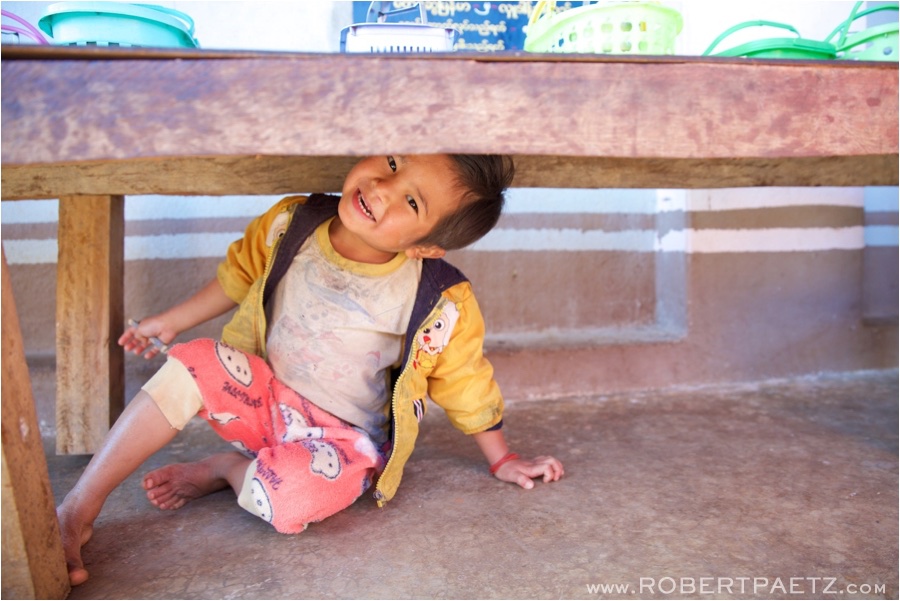
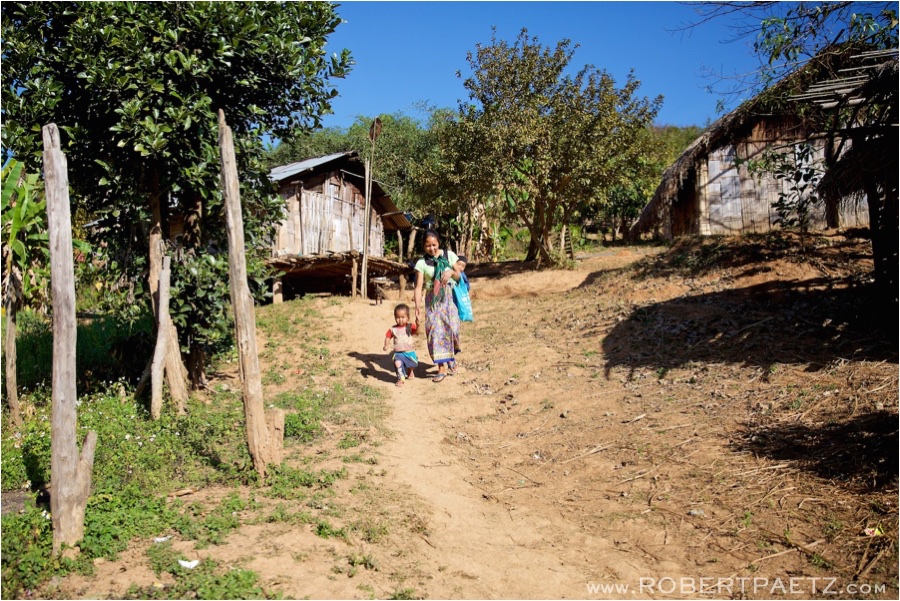
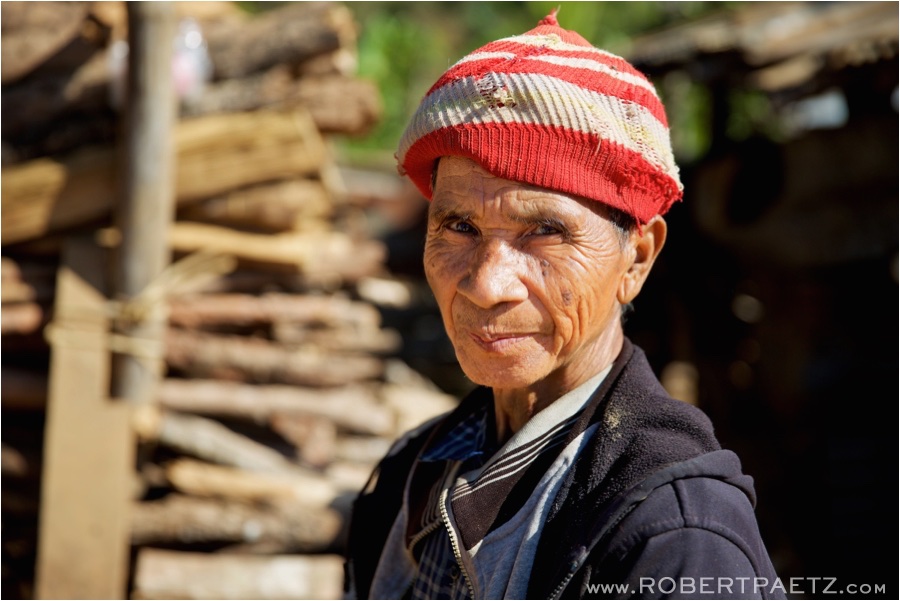
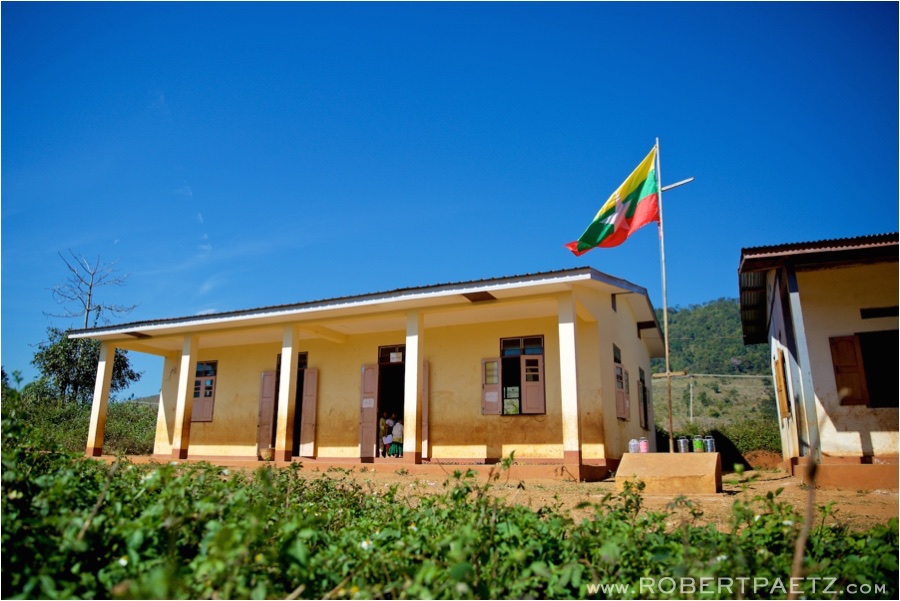
After the ECCD center, we walked up the hill to the recently built primary school. Although built by donations to Meikswe Myanmar, the primary school teachers are paid by the Myanmar Government.
Once students finish primary school, the local middle school is located 2 miles away in nearby Nam Who village, where children will walk about 30 minutes each way. High school becomes much trickier for these villagers, it is based in Lashio, 14 miles away and although the classes are free, to board a student there is 300,000kyat/year ($222 – which doesn’t seem like much in the west, but for a people whose average monthly income is about $60 it can be virtually impossible).
Students who want an education but can’t afford to pay the boarding costs, sometimes will go to the capital, Yangon, and work as a housemaid to pay for room and board while in school there.
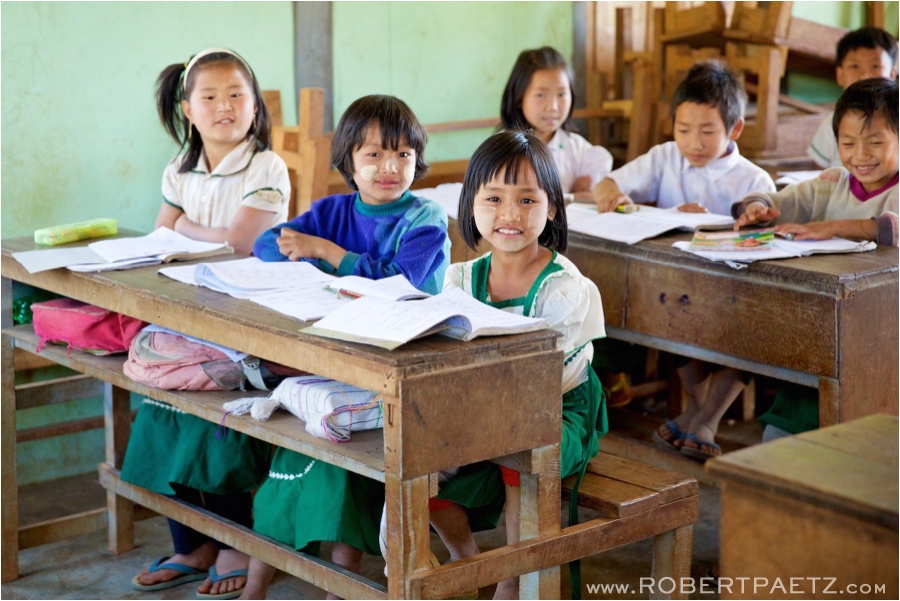
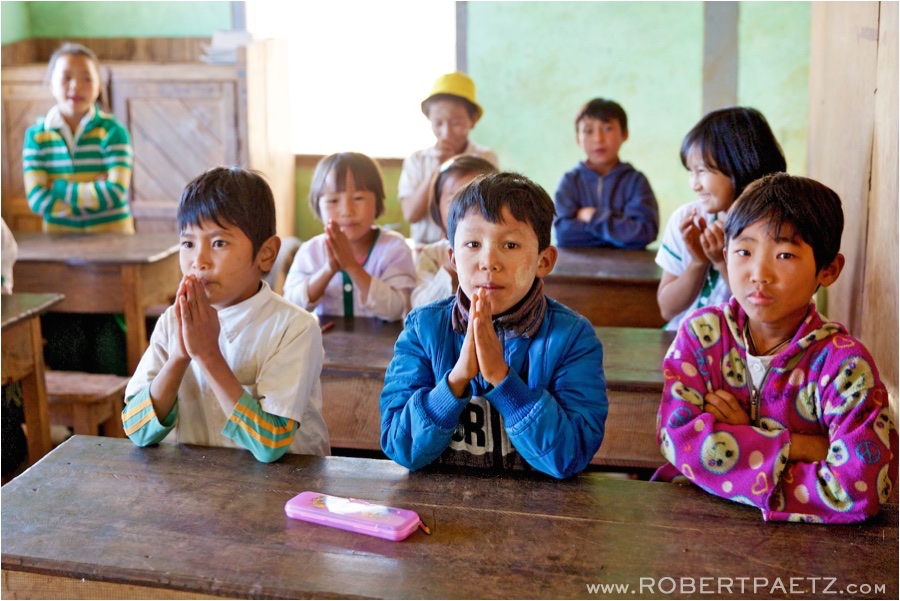
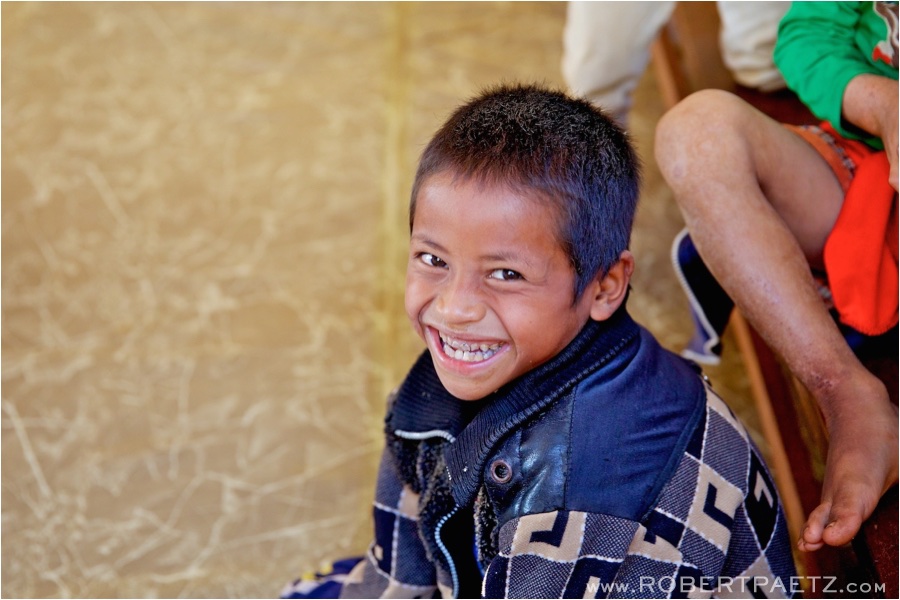
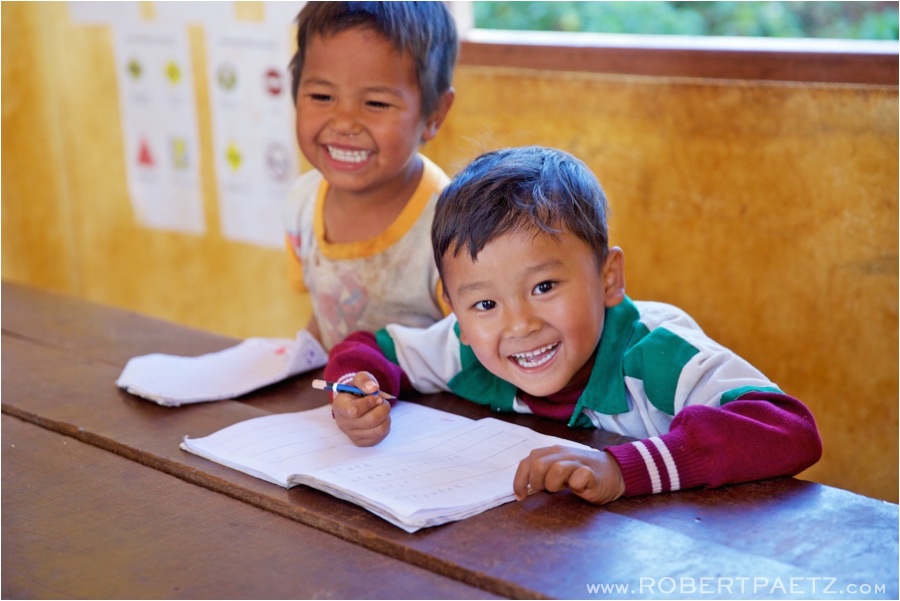
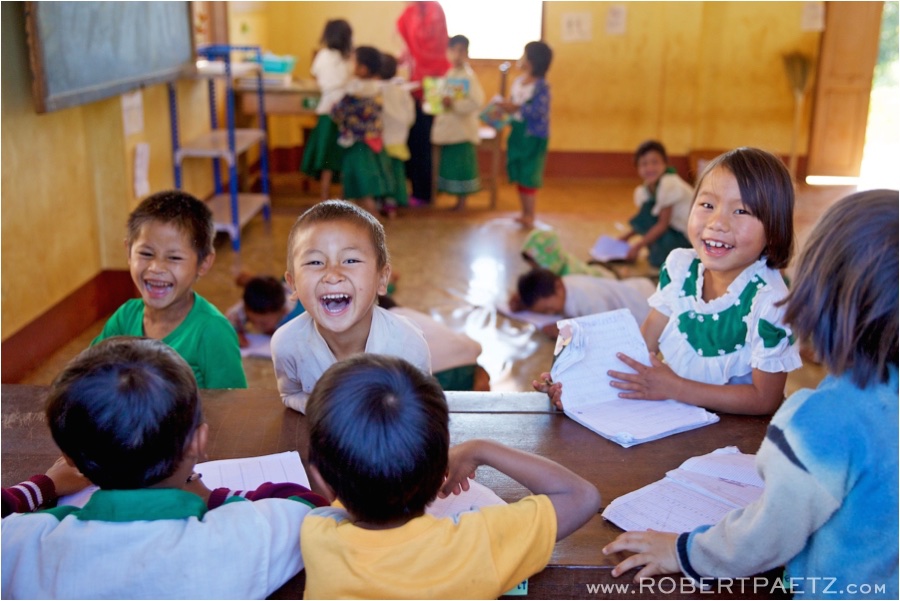
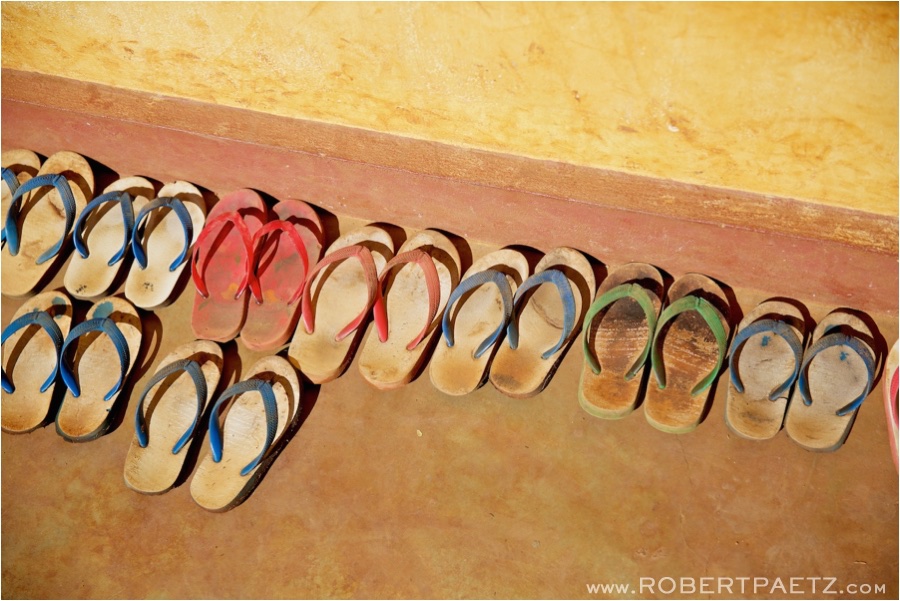
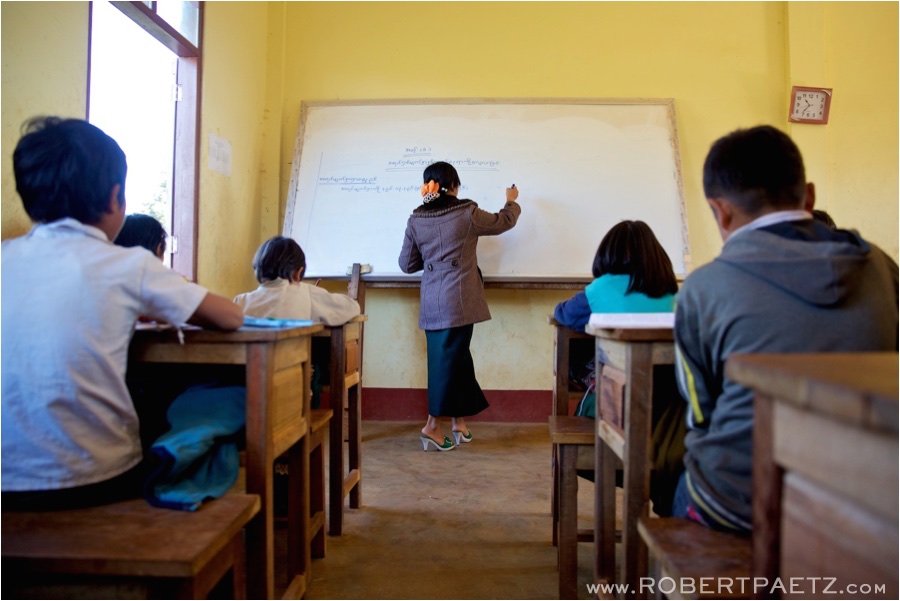
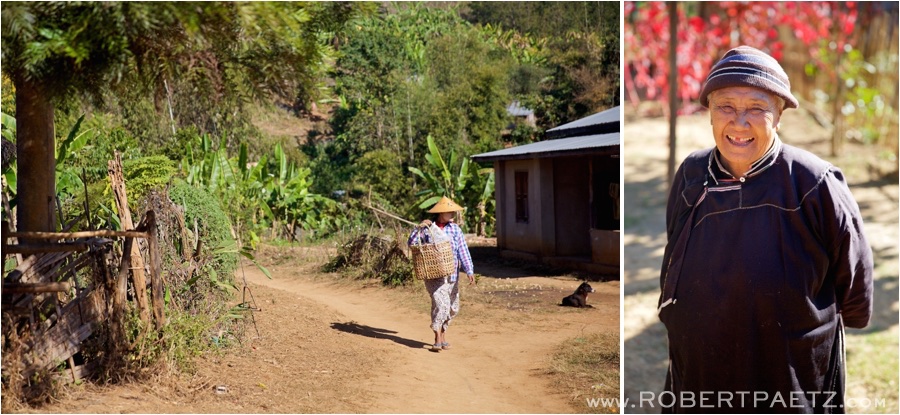
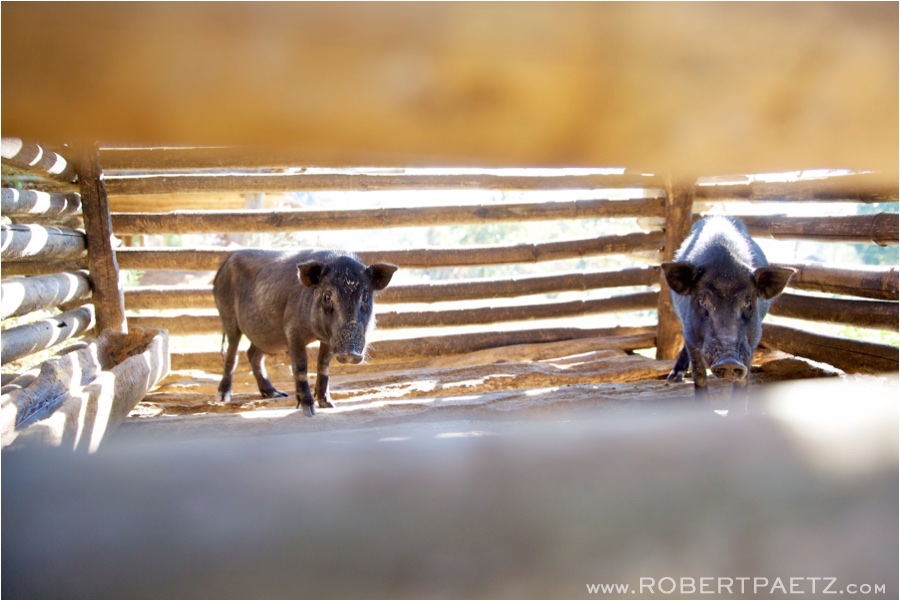
Meikswe Myanmar also sponsors microfinance projects to let more local families raise pigs and plant seed corn. A 45 day old pig costs around 80,000Kyat ($60), requires very minimal feed (they eat whatever is around), and after they slaughter it and keep some meat, they can usually sell the remaining meat for around 110,000kyat. The average family takes around a 40,000 – 50,000kyat loan to originally afford their first pig. After the harvester slaughter, villagers pay back the loan with 2% interest to a village pool, where the next family can borrow the money and raise a pig or plant a new corn crop. As a bonus the locals bragged that the pigs also create an excellent source of organic fertilizer for the local farms.
I am in Singapore now, with a much more stable internet connection, so I should be able to blog more easily. My next village should be up tomorrow morning.
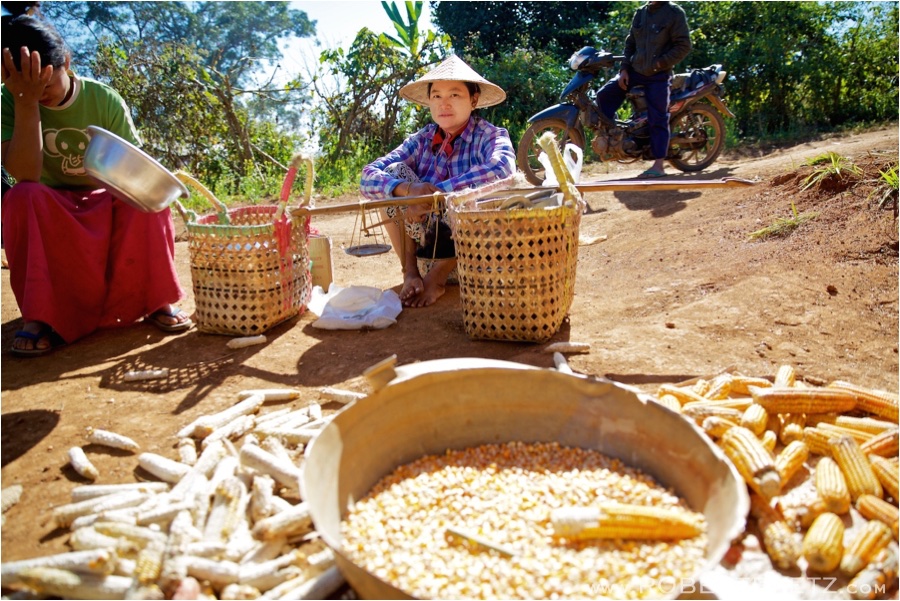

Share your thoughts